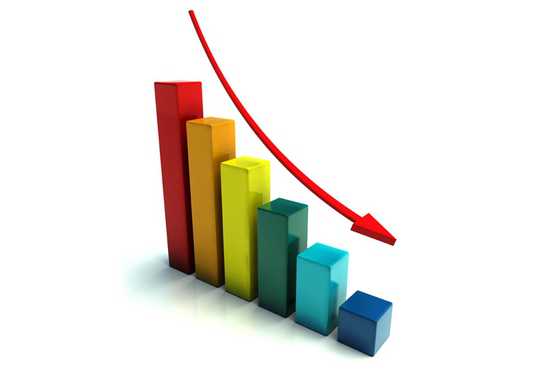Cut off from its northern part, as is the case in all the reports published by the Bretton Wood institutions, sub-Saharan Africa will be the region of the world that will post the lowest growth in 2021.
This is indicated by the latest IMF report, published in April 2021 with a feeling of distrust still in place
“But, we are pleased and less worried, compared to the feeling of doubt in October 2020 within” the organization said.
According to the IMF, between the southern edge of the Sahara and Cape Town, the GDP contraction was 1.9 percent in 2020, significantly better than the -3 percent predicted in October.
But it is the worst result ever for the region.
Employment fell by about 8.5 percent in 2020, more than 32 million people slipped into extreme poverty, and disruptions in education hurt the prospects of a generation of students.
In 2021, however, the region will grow by 3.4 percent (compared to a forecast of 3.1 percent in October) driven by increased exports and commodity prices.
At the same time, global growth will be 6 percent driven by the progress of vaccination campaigns.
In this regard, sub-Saharan Africa is lagging behind and should not reach the theoretical point of herd immunization (vaccination of at least 60 percent of the population) before 2023.
“For most countries, the cost of immunizing 60 percent of the population will be high: it will represent an increase in existing health spending of up to 50 percent,” the IMF says.
In this context, the keystone of international monetary institutions explains “it is only after 2022 that per capita production should return to 2019 levels. In many countries, per capita income will not return to pre-crisis levels before 2025.”
Despite a smaller health impact than in the rest of the world, the land that the philosopher Hegel believed was out of history has the highest economic impact in relation to Covid-19.
“The cumulative production losses attributable to the pandemic will represent nearly 12 percent of GDP in 2020-21,” the IMF explained, fearing a health situation with episodes of the coronavirus disease (Covid-19) repeating before vaccines do not become accessible to everyone.
Other factors of uncertainty pointed out by the report include access to external financing (official and private), political instability and new climatic shocks, for example floods or droughts.
Despite this difficult situation for sub-Saharan Africa, the IMF recommends that, in the long term, public finances will have to be restored.
Against the backdrop of tight fiscal space, deficits in the region are expected to decline to just over 11.5 percent of the GDP in 2021, bringing the average debt down to around 56 percent of GDP.
In all, 17 countries were in debt distress or were at high risk of debt distress in 2020, one more than before the crisis.
This number encompasses several small or fragile countries and represents about a quarter of the region’s GDP, or 17 percent of its outstanding debt.
These ratios, relatively moderate compared to the rest of the world, agree with Beninese economist Lionel Zinsou, who declared last week that a few trees should not hide the rainforest.
In its recommendations, the IMF pleads for the broadening of the tax base (a sensitive chord because of the social cost) wrapped in the neutral formula of “domestic resource mobilization.”
The leaders, attentive to a tense political context in general, will always have recourse to external debt.
The observed yield spreads on sovereign bonds in sub-Saharan Africa, which reached record levels in April, have narrowed by around 700 basis points in the course of 2020, which in itself is a sign that harsh forecasts issued for Africa last spring were undermined by, a reality much less harsh than the perception and associated rates of return for risk.
Regarding this debt issue, the Group of Twenty (G20) debt service suspension initiative provided valuable liquidity support, namely US$ 1.8 billion in aid between June and December 2020 and a potential saving of 4.8 billion dollars between January and June 2021.
To this process, it will be necessary to add (the IMF report does not mention it because it was certainly completed before) the recent initiative of the issue of SDRs (Special Drawing Rights) from the IMF with an impact range between 33 and 100 billion dollars, or 1.5 percent to 4 percent of GDP growth.
Does this mean that the outlook for the IMF report should be revised upwards?
CD/fss/abj/APA


